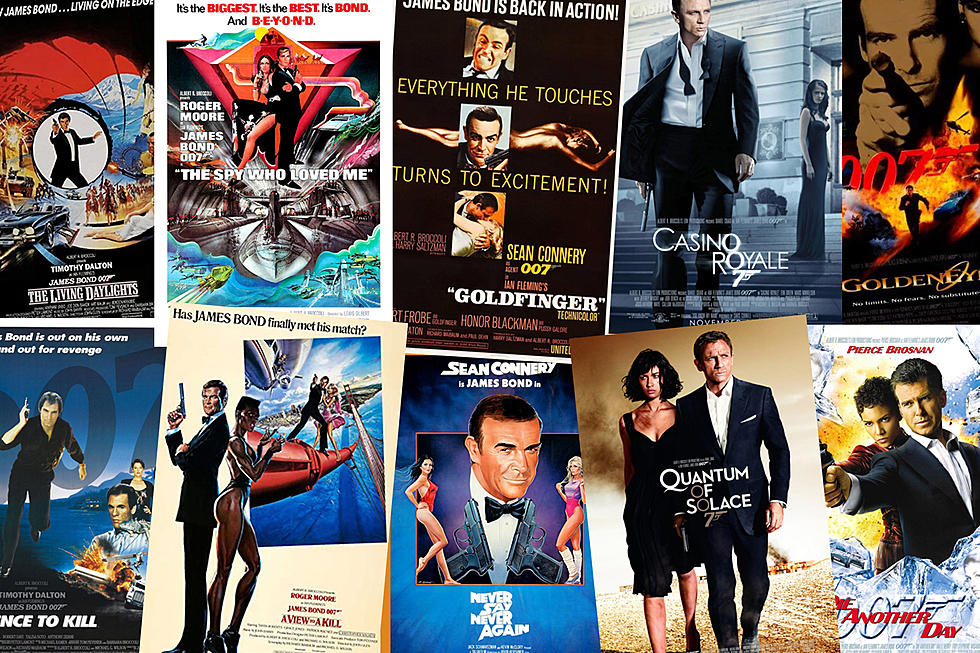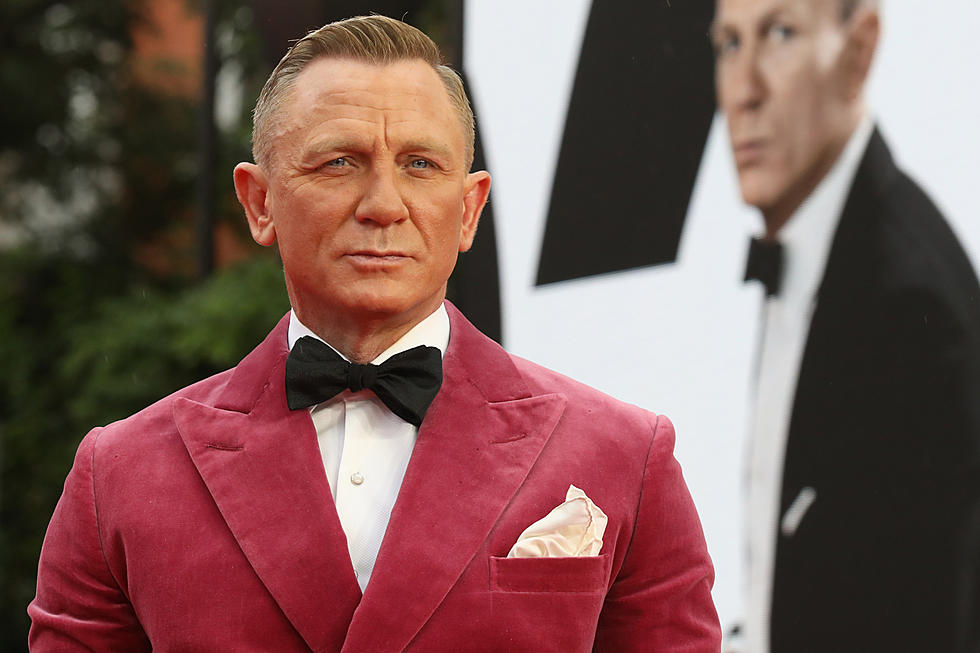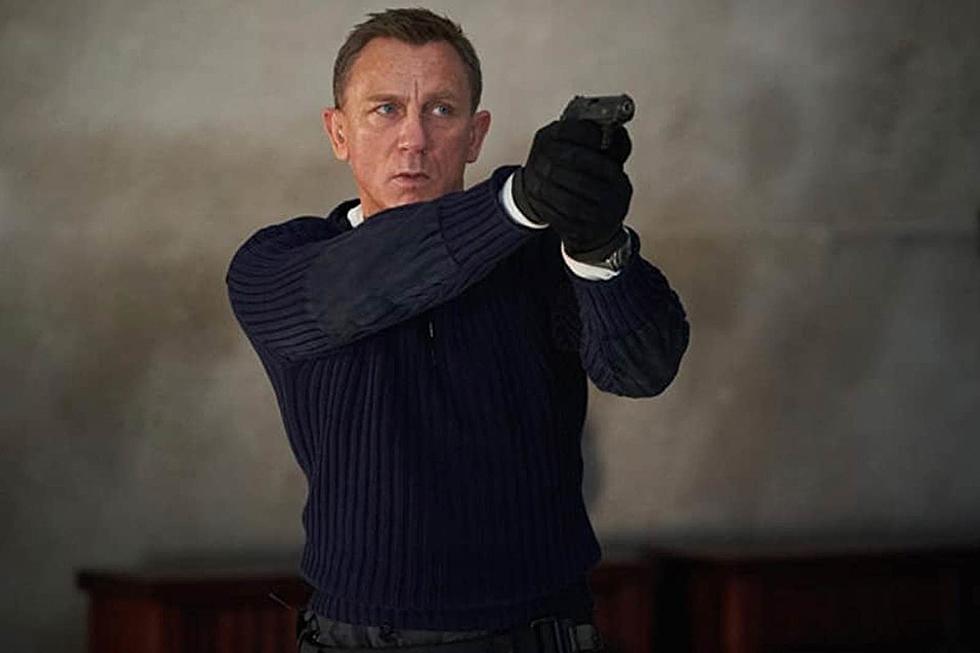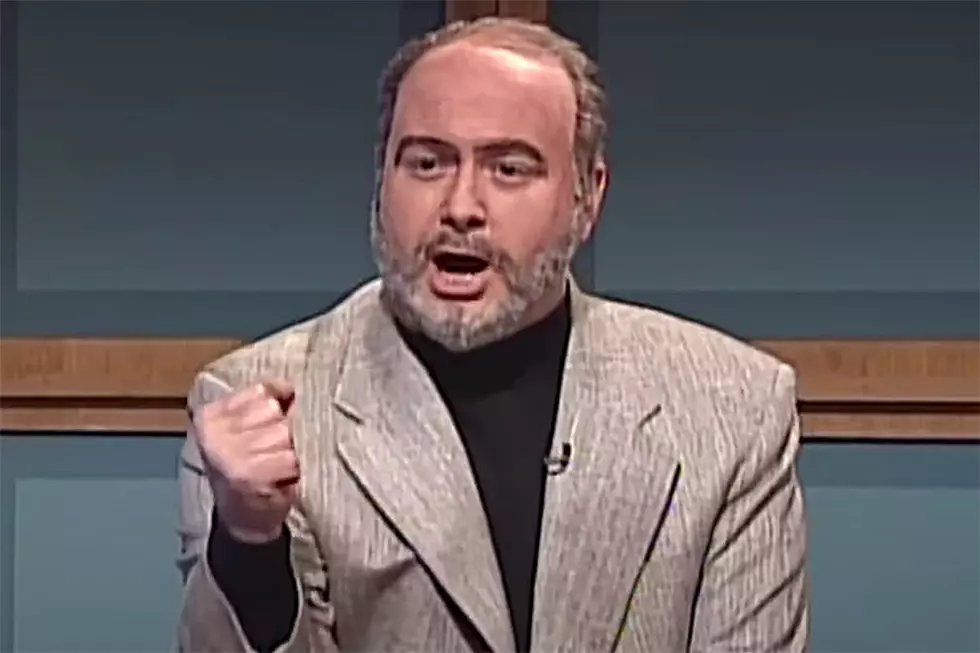
Every James Bond Actor’s Best and Worst 007 Movie
Five different actors have portrayed James Bond multiple times on the big screen, and each of their eras as 007 has had its own unique peaks and valleys.
With the obvious exclusions of David Niven and George Lazenby, whose only turns as the British super-spy came in 1967's comedic Casino Royale and 1969's On Her Majesty's Secret Service respectively, we've assembled a chronological look at the best and worst movies from each Bond actor.
Sean Connery
BEST: Goldfinger (1964)
It's hard to imagine anybody ever taking Sean Connery's place as the definitive James Bond. He starred as 007 in the first five films in the series, all of which remain among the most beloved and best reviewed in the franchise. 1964's Goldfinger, his third appearance as the British secret agent, is where many of the iconic elements of the series clicked into place: the show-stopping theme song, an opening sequence separated from the main plot of the movie, a cheekily named Bond Girl, and of course the gadgets that help our hero escape otherwise certain doom. Naturally, Connery ties it all together with his irreplicable charisma and understated wit.
Read more: How 'Goldfinger' Helped Define the James Bond Film Series
WORST: Never Say Never Again (1983)
Over a decade after saying a second and seemingly final farewell to the 007 series with 1971's Diamonds Are Forever, Connery was lured back to the role via a huge check from Warner Bros. The company was exploiting a legal loophole that allowed them to make a new Bond movie based on the script to 1965's Thunderball without the participation of longtime franchise stewards Eon Productions.
But it wasn't worth the trouble. Connery and producer Jack Shwartzman feuded constantly during filming, and the final product came off as a stiff and quickly forgettable retread. Roger Moore-fronted Octopussy, released the same year, wasn't a whole lot better but rather easily won the box office battle of the Bonds.
Read more: Why Sean Connery Stumbled In His Final Turn as James Bond
Roger Moore
BEST: The Spy Who Loved Me (1977)
The Bond franchise was on wobbly ground after the second Roger Moore-starring film, 1974's The Man With the Golden Gun, went too broad and jokey, leaving 007 looking more doofus than debonair. After taking a noticeable box office hit, the producers re-tooled, properly capitalizing on Moore's charm and dramatically amping up the production value of the stunt work and scenery for 1977's The Spy Who Loved Me.
The opening ski chase is worth the price of admission alone, but the film also staged elaborate underwater, helicopter and automobile sequences, and marked the debut of the fan favorite iron-mouth villain Jaws. Moore's reign as Bond would last another decade, although his films would again flirt too heavily with comedy as the '80s marched on.
Read more: How 'The Spy Who Loved Me' Resurrected James Bond
WORST: A View to a Kill (1985)
Roger Moore had planned to bow out of the 007 game prior after 1981's For Your Eyes Only, but Eon Production balked at the idea of putting an untested Bond up against Connery's 1983 Never Say Never Again return, and ponied up big bucks to keep Moore on board for Octopussy that same year.
Despite some clear signs that it was time for new blood, Octopussy did well enough to convince producers to bring Moore back one last time for 1985's A View to a Kill. It was a mistake, but far from the only this overly complicated, almost instantly dated movie made. Neither of the movie's intriguing twin villains - Christopher Walken and Grace Jones - were given enough to do, the stunts didn't hit the same groundbreaking peaks as previous movies, and a distinct sense of pandering was in place throughout.
Read more: James Bond Hits a Midlife Crisis in 'A View to a Kill'
Timothy Dalton
BEST: The Living Daylights (1987)
Two years after the low point of A View to a Kill, Timothy Dalton, who turned down the chance to be Connery's first replacement in 1969's On Her Majesty's Secret Service, helped restore at least some sense of order to the Bond franchise with The Living Daylights.
A retreat from the increasingly far-fetched plots and stakes of recent 007 adventures proved to be a welcome move, matching well with Dalton's desire to portray Bond in a manner more representative of the Ian Fleming novels which spawned the film series. But the more modest setting did strip away some of the luster the series had become known for, a shift that would become even more pronounced with Dalton's next Bond adventure.
Read more: A New James Bond Plays by the book in 'The Living Daylights'
WORST: License to Kill (1989)
Dalton's second and final turn as Bond finds the series punching way below its normal weight class, coming off more like a needlessly violent episode of TV's Miami Vice than the newest installment of the grandest film franchise of all time.
Rather than attempting to compete with big-budget spectacles such as Raiders of the Lost Ark, Batman and Back to the Future, the Bond producers aimed for a gritty, low-budget approach on 1989's License to Kill. The darkly lit, generically staged movie features gratuitous blood and gore: one of Bond's friends has his leg eaten off by a shark, and we witness a henchman's head blown up like a balloon in a decompression chamber.
But it feels tacked on to a rather generic story of a power-mad drug lord, and the film went on to become the lowest grossing Bond movie to date. Legal battles resulting from the bankruptcy of distribution company MGM put the series on ice for six years, bringing an early but perhaps merciful end to Dalton's time as 007.
Read more: How 'License to Kill' Almost Murdered the James Bond Franchise
Pierce Brosnan
BEST: GoldenEye (1995)
After more than half a decade out of the public eye and with wave after wave of high-budget blockbusters vying for ticket buyers' attention and money, the Bond producers knew they had to up their game for 1995's GoldenEye. Finally landing their long-coveted Pierce Brosnan as the new 007 was a great start, as the actor deftly threaded his own line between Connery's swagger and Moore's more winking approach to the role.
The production values were also brought more in line with the competition, and the plot took good advantage of post-Cold War paranoia, greatly aided by a strong villain turn from Sean Bean. The four-film Brosnan era would never quite reach these heights again, but it did maintain a higher overall standard than the series had achieved in the previous decade.
Read more: How Pierce Brosnan's 'GoldenEye' Revived James Bond
WORST: Die Another Day (2002)
Although the filmmakers gamely tried to freshen up the recent Bond formula with some gritty post-9/11 sensibility and ever more outrageous, superhero-level gadgets and bad guys - two incongruous moves that don't mesh very well with each other - it was impossible to leave Die Another Day without thinking that the Brosnan era had passed its expiration date. The actor had his own reasons for being done with the franchise, having grown tired of being caught between the two legends who had proceeded him. "I was caught between Sean Connery's Bond and Roger Moore's Bond," he told the Daily Mail in 2018. "It was only really in GoldenEye that I did my Bond."
Read more: 'Die Another Day' Catapults 007 Into the 21st Century
Daniel Craig
BEST: Casino Royale (2006)
Four years after Brosnan's farewell, the Bond franchise was subjected to its most radical change of direction: A total reboot, with Daniel Craig's five-film era kicking off with the specific (and very violent) moment Bond became 007. Casino Royale successfully juggled faithfulness to the original Fleming books with a modern, realistic sensibility.
This Bond could get hurt, both physically and spiritually, and unlike previous eras a new serialized approach meant the scars would linger and manifest themselves in logical ways throughout future Craig / 007 movies. The result was not just the best Bond movie of the Craig years, but one of the best ever.
Read more: How Daniel Craig Rebooted James Bond in 'Casino Royale'
WORST: Quantum of Solace (2008)
Although "worst" is a relative term here - Craig's five Bond adventures are the most consistent series of 007 films since Connery's legendary opening '60s run - Quantum of Solace suffered from a noticeable sophomore slump. The actor lays the blame for the unfocused and overly violent story squarely on a writer's strike that caused filming to start without a completed script. "We were fucked," he told Time Out in 2011 (as reprinted by Collider). "We had the bare bones of a script and then there was a writer's strike and there was nothing we could do. ... We were stuffed." Luckily, the series rebounded sharply with Craig's next outing, 2012's Skyfall.
Read more: James Bond Turns Up the Violence in 'Quantum of Solace'
James Bond Movies Ranked Worst to Best
More From 102.9 WBLM










